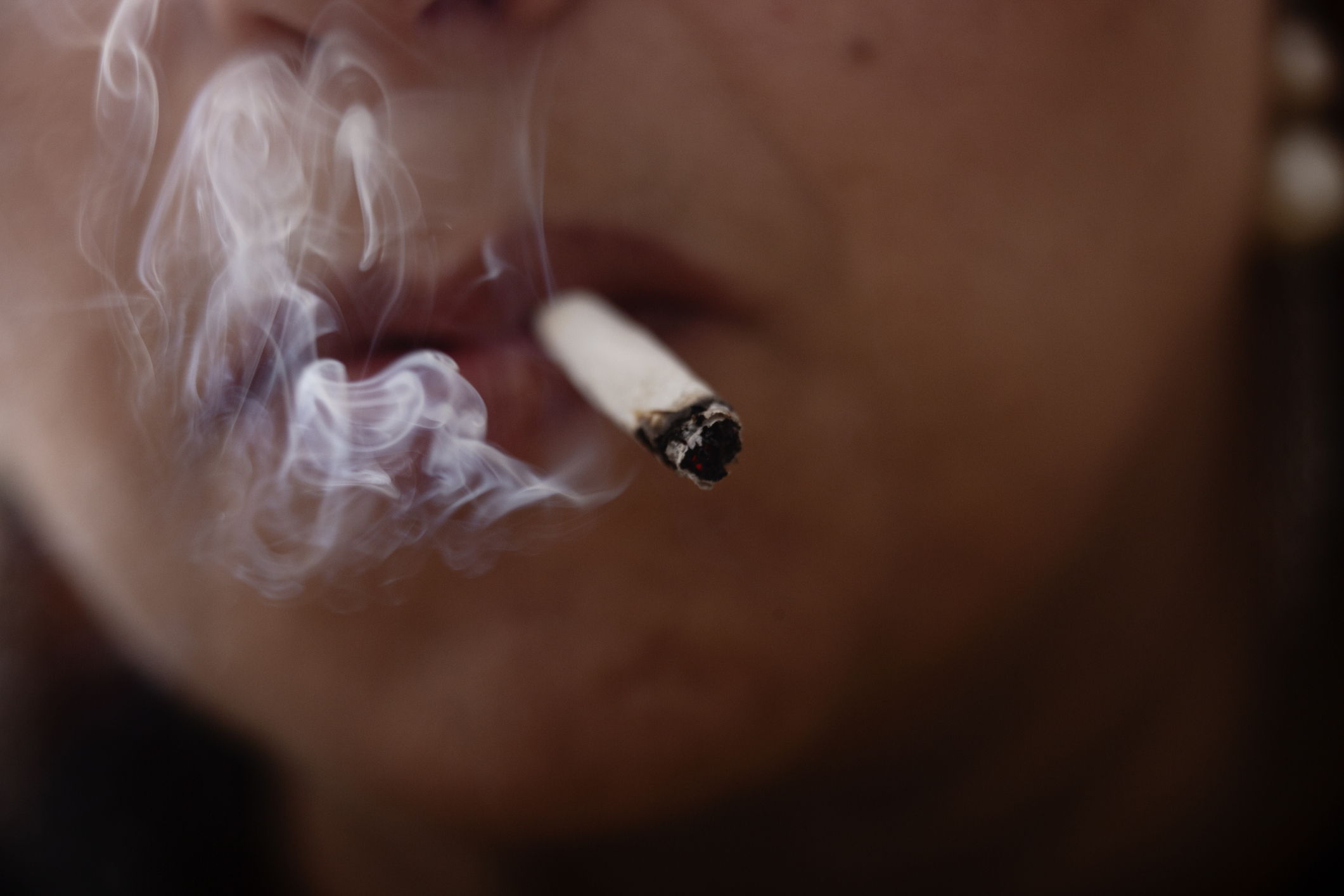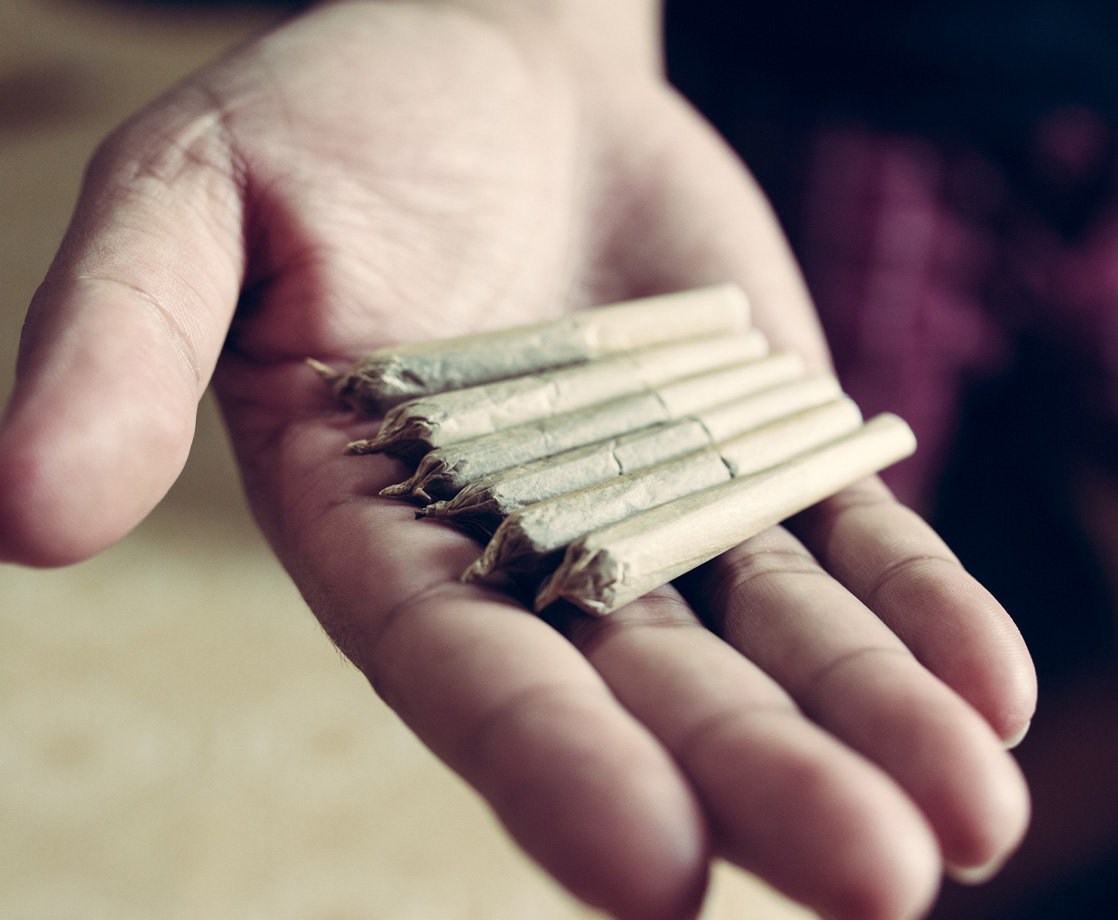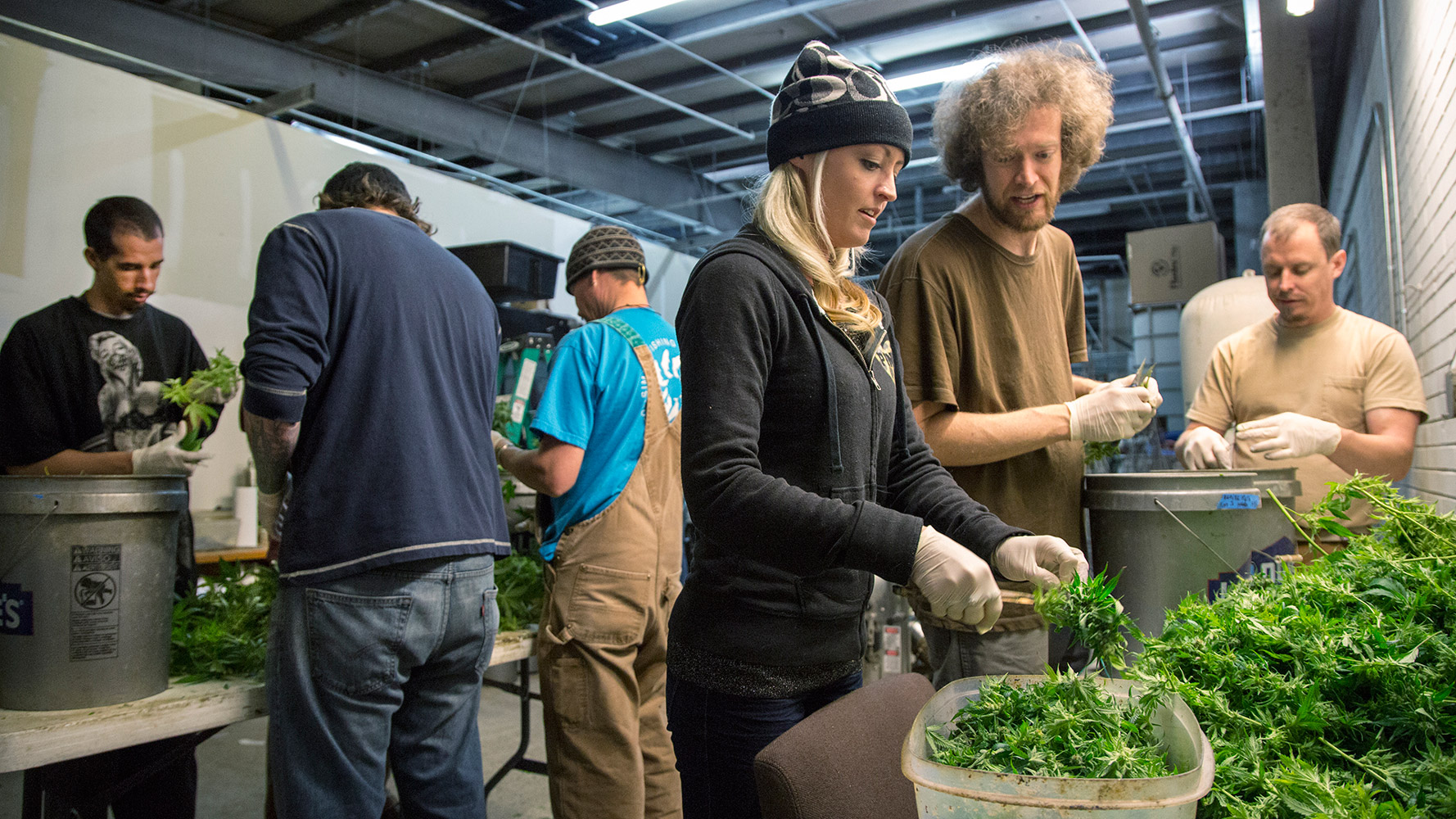For a seemingly simple question, there are a lot of variables to consider when it comes to how long a joint will stay in one’s system, or how to pass a drug test for marijuana after smoking one joint.
It’s important to start by quantifying the amount of cannabis that constitutes a joint. As a unit of measurement, a joint has no definitive volume. This is why extravagant innovations like the tulip are just as much a joint as a pencil-thin doobie cobbled together from shake. In an effort to ensure consistency, this article will operate on the premise that a joint is equivalent to one gram of cannabis flower — though we’re well aware that pre-rolls often include only a half-gram of flower.
In addition, we need to define this unit of measurement by how much THC is in a typical gram. Again, a myriad of factors determine this number on a case-by-case basis, including a given strain’s potency and freshness. Raw cannabis flower is typically considered to contain 10 to 30 percent THC. Thus, 1000mg of cannabis (aka a gram) contains, on average, 100-300mg of THC. We’ll split the difference and call it 200mg of THC for this explainer.

Frequency of use is another important factor in this equation.
Those who regularly consume cannabis should, in general, anticipate THC remaining in their system for a longer period of time when compared with a first-time user. That’s because THC is a lipid-soluble chemical, which means it binds to fat in our body rather than being expelled directly (like alcohol). Thus, factors like increased body fat, improper hydration, or a slow metabolism may all increase the amount of time it takes for THC to work its way out of our systems.
For this article’s purposes, let’s assume someone with no THC in their system has smoked a one-gram joint. What happens next?
Gallery — The World’s Shittiest Blunts:
Smoking cannabis is the quickest method of consumption in terms of the time it takes for THC to hit our bloodstream. By inhaling pot, THC first enters our bodies via the lungs, which absorb the cannabinoid (along with any and all other cannabinoids contained within the strain in question). From there, it hits the bloodstream, where it is ultimately delivered to our brains. That’s where the real magic happens.
Once we’ve stopped feeling high, however, the THC in our systems doesn’t miraculously disappear. Instead, the half-life of THC is typically thought to be somewhere from 20 hours to 10 days, with the higher end of this range applying to heavy users. In relation to the human body, “half-life” refers to the time required for half the amount of a substance introduced to our systems to be eliminated naturally.
Using our baseline of a gram of cannabis containing 200mg of THC – and our premise that the person in question does not have any THC in their system prior to consumption – we can get even more specific. (In reality, we wouldn’t consume every single milligram of THC from a joint since much of it is lost through smoke wisping off the doob between puffs. But let’s keep things simple and just go with that 200mg value.)
For simplicity’s sake, if our first-time smoker consumes 200mg of THC, that means they’ll have roughly half the original amount of THC (100mg) left in their system a day later. Continuing this line of logic, the smoker will have a quarter of the original amount of THC (50mg) in their system 48 hours after consumption. That number is halved again at the three-day mark, and so on.

At this point, it’s time to discuss how we test for THC. There are four main types of testing currently employed to detect THC: blood tests, saliva tests, urine tests, and hair follicle tests. Each one is effective for different lengths of time. Hair follicle analysis, for example, can test positive for THC up to 90 days after consumption. Blood and saliva tests, meanwhile, are both only practical in detecting THC for up to 24 hours following usage. That said, some blood tests will detect THC up to 72 hours after consumption.
Interestingly, these tests are not actually looking for THC but for its metabolites – the metabolic byproducts that accumulate in our fat reserves, which are then released from the fat cells over a period of time.
The baseline for all these various testing methods is the threshold of THC required to produce a positive finding. Simply put, there is a minimum amount of metabolites necessary for a test to catch THC in our bodies. The standard cut-off is 50 ng/mL of THC, though some tests are able to detect THC at a level of 20 ng/mL. If we consider the testing threshold of 50 ng/mL of THC as our baseline, we can establish a general idea of how long a joint remains in our system.
Considering all of the above information, a first-time or infrequent consumer smoking a joint with one gram of cannabis in it that contains 200mg of THC should fall below the testable threshold for THC within three to eight days after last consumption. Of course, every number is best viewed as a general benchmark. As scientific practices continue to evolve, we may reach a day when a more accurate means of determining this information is available, but for now, these figures are the best we’ve got.
Follow Zack Ruskin on Twitter











